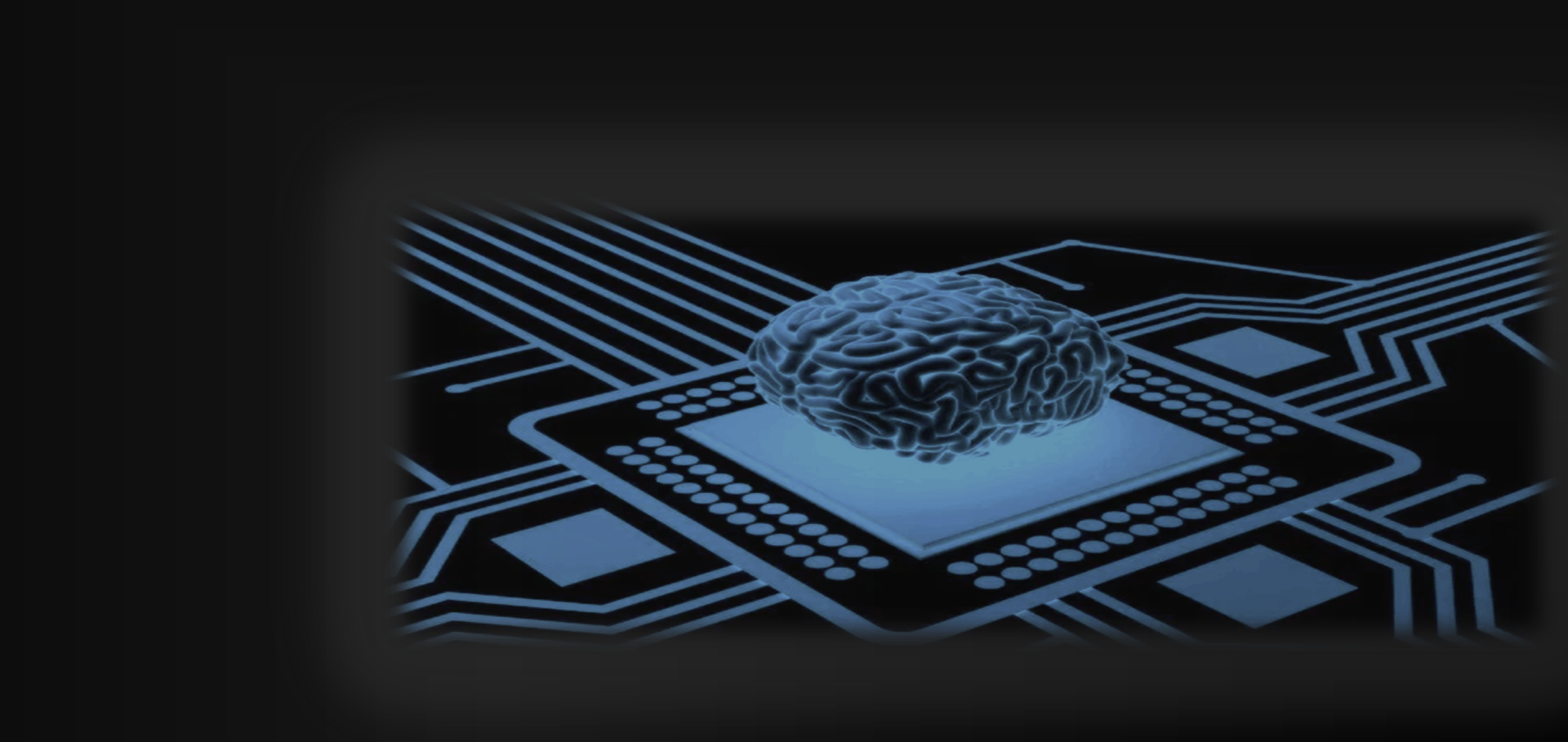Large Multidirectional Spin-to-Charge Conversion in Low-Symmetry Semimetal MoTe2 at Room Temperature
Nano Letters American Chemical Society (ACS) 19:12 (2019) 8758-8766
Room-Temperature Spin Hall Effect in Graphene/MoS2 van der Waals Heterostructures
Nano Letters American Chemical Society (ACS) 19:2 (2019) 1074-1082
Large multidirectional spin-to-charge conversion in low-symmetry semimetal MoTe2 at room temperature
Nano Letters, 19, 8758–8766 (2019).
Abstract:
Room-temperature spin Hall effect in graphene/MoS2 van der Waals heterostructures
Nano Letters, 19, 1074−1082 (2019).
Abstract:
Gate-tunable graphene-organic interface barrier for vertical transistor and logic inverter
Applied Physics Letters AIP Publishing 113:15 (2018) 153301


